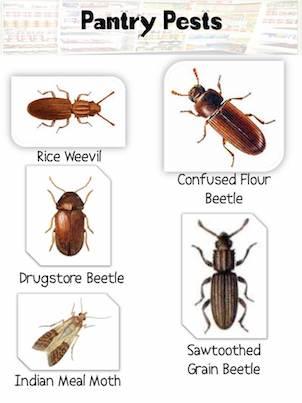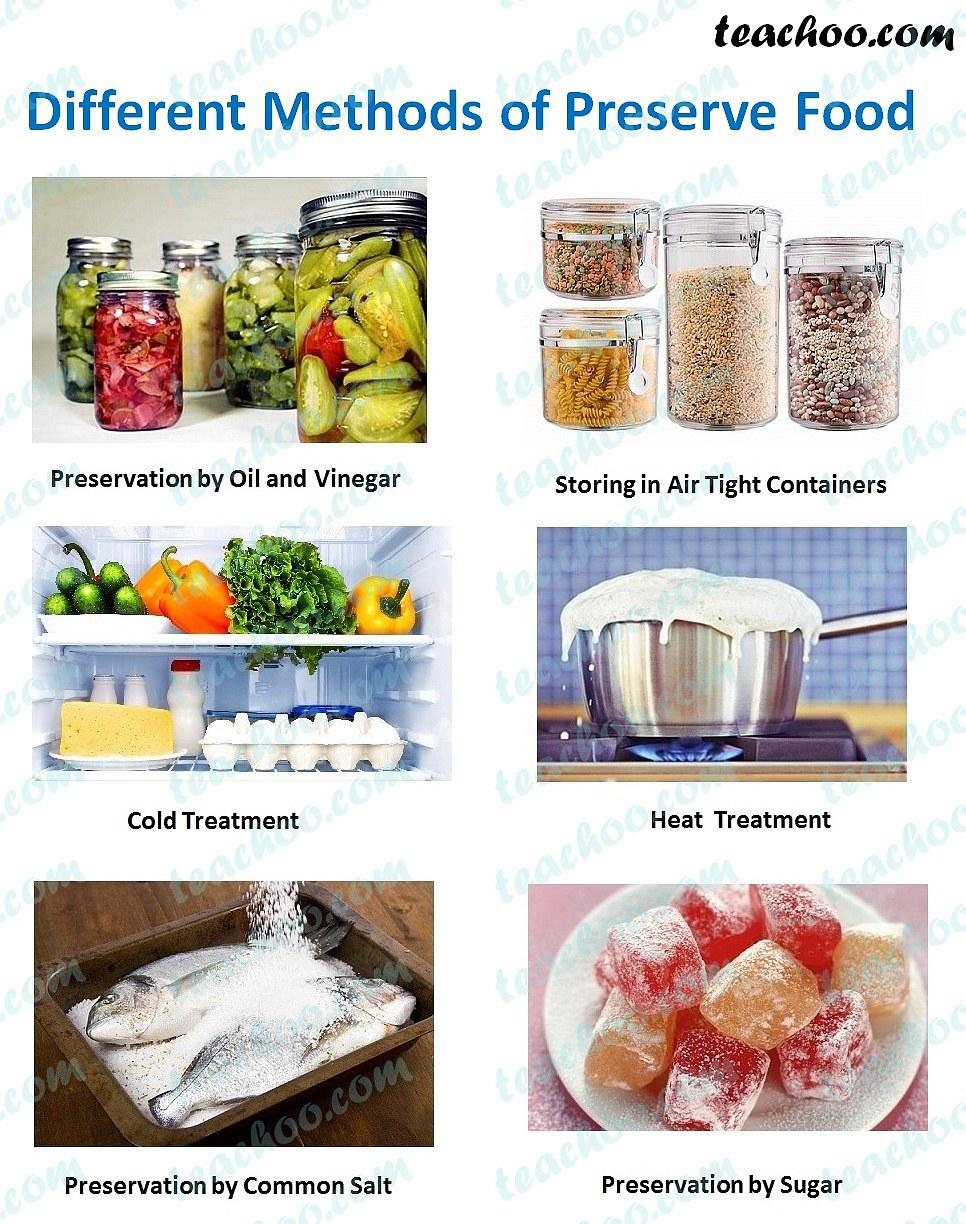The kitchen, often regarded as the heart of the home, is a hub of culinary creativity and family gatherings. However, its role as a magnet for pests can transform this inviting space into a battleground against unwanted intruders. From ants trailing across countertops to flies buzzing around exposed food, the presence of pests not only disrupts the harmony of a kitchen but also poses health risks and can lead to costly infestations. In this article, we will explore effective strategies to prevent pests in your kitchen, focusing on practical methods that safeguard your food and maintain a clean, welcoming environment. By understanding the behaviors and habits of common kitchen pests, you can implement these proactive measures to ensure your kitchen remains a sanctuary for cooking and sharing meals, free from unwelcome guests.
Table of Contents
- Understanding Common Kitchen Pests and Their Habitats
- Implementing Proper Food Storage Techniques to Deter Infestations
- Maintaining Cleanliness Through Regular Cleaning Schedules
- Utilizing Natural Repellents and Safe Pest Control Methods
- The Way Forward
Understanding Common Kitchen Pests and Their Habitats

When it comes to maintaining a pest-free kitchen, it’s essential to first understand the common nuisances that often invade this vital space. Cockroaches, for example, thrive in warm, dark environments where food particles and moisture are present. Their ability to reproduce rapidly means that a small infestation can quickly escalate. Ants, particularly carpenter and sugar ants, are drawn to sweet and greasy residues, establishing trails that can lead to a full-blown invasion if not addressed swiftly. Investing time to learn about these pests can significantly enhance your prevention strategies.
The habitats favored by these pests often overlap, making it crucial to maintain a clean and organized kitchen. The primary factors that attract pests include:
- Food debris: Crumbs and spills should be cleaned immediately to curb attraction.
- Moisture: Regularly check for leaks and wipe down surfaces to eliminate standing water.
- Clutter: Reduce cardboard boxes and clutter under the sink, as these provide ideal nesting sites.
To facilitate the prevention of pests, consider installing physical barriers such as screens on windows and sealing gaps around doors and vents. Knowledge of these common pests and their preferences will empower homeowners to take proactive measures against unwanted infestations.
Implementing Proper Food Storage Techniques to Deter Infestations

Maintaining an organized kitchen is essential in preventing pests from invading your space. Proper food storage techniques can significantly reduce the likelihood of infestations by making your food less accessible to unwanted critters. One effective approach is to utilize airtight containers for storing dry goods such as grains, cereals, and flour. These containers not only keep your ingredients fresh but also prevent pests like moths and weevils from infiltrating your pantry. Additionally, regular inventory checks of your food items allow you to dispose of expired products immediately, minimizing potential breeding grounds for pests.
Furthermore, consider the following strategies to enhance your food storage practices:
- Label containers clearly to avoid confusion and to keep track of expiration dates.
- Freeze items like flour and grains for a few days before placing them in storage; this can kill any eggs or larvae present.
- Store items off the floor and in a cool, dry place to deter moisture-loving pests.
- Keep your kitchen clean by wiping down surfaces and regularly cleaning your pantry to remove crumbs and spills.
By adopting these techniques, you create a less hospitable environment for pests, ensuring that your kitchen remains a safe and healthy space for meal preparation.
Maintaining Cleanliness Through Regular Cleaning Schedules
One of the most effective ways to reduce the risk of pest infestations in your kitchen is by establishing and adhering to a regular cleaning schedule. Consistency in cleaning helps to eliminate potential food sources that attract pests, thereby creating an inhospitable environment for them. Consider including tasks such as:
- Daily cleaning: Wipe down countertops, sweep floors, and take out the trash.
- Weekly deep-cleaning: Clean appliances, wash dishcloths and sponges, and mop floors.
- Monthly maintenance: Organize pantry items and inspect for expired foods.
By maintaining a structured approach to cleanliness, you not only keep pests at bay but also promote better hygiene in your kitchen. Employ storage solutions like airtight containers and regularly check for signs of insects or rodents. Here’s a simple table outlining common cleaning tasks and their frequencies:
| Task | Frequency |
|---|---|
| Wipe down countertops | Daily |
| Wash dishcloths and towels | Weekly |
| Inspect pantry items | Monthly |
Utilizing Natural Repellents and Safe Pest Control Methods
When it comes to safeguarding your kitchen from unwanted pests, utilizing natural repellents can be both effective and eco-friendly. Essential oils like peppermint, tea tree, and lavender are well-known for their ability to deter common kitchen invaders such as ants, mice, and cockroaches. To create a simple and natural pest repellent, mix a few drops of your preferred essential oil with water in a spray bottle. Those pesky pests dislike the strong scents, making it an excellent deterrent. Additionally, consider placing citrus peels or vinegar around your kitchen, as these natural substances can help to repel ants and fruit flies, keeping your space clean and chemical-free.
Incorporating safe pest control methods into your cleaning routine is equally important. Regularly decluttering your kitchen and eliminating food scraps is vital for preventing pest infestations. Here are some practical tips to consider:
- Store food in airtight containers to minimize access for pests.
- Regularly check for leaks and standing water as moisture attracts many pests.
- Utilize diatomaceous earth in areas prone to pests; it’s non-toxic and works effectively against insects.
By maintaining a clean environment and employing these safe practices, you empower yourself to keep your kitchen free from pests, ensuring a healthier space for you and your family.
The Way Forward
maintaining a pest-free kitchen requires a multifaceted approach that combines vigilance, cleanliness, and proactive measures. By adopting the strategies outlined above—sealing entry points, practicing good hygiene, properly storing food, and utilizing natural deterrents—you can create an environment that is inhospitable to unwelcome intruders. Remember that prevention is far more effective than treatment; the time spent implementing these practices will not only protect your kitchen from pests but also promote a healthier, more enjoyable cooking space. As you integrate these methods into your daily routine, you will cultivate not just a pest-free zone, but a sanctuary for culinary creativity. Stay informed, remain proactive, and enjoy the peace of mind that comes from knowing your kitchen is a safe haven from pests.



